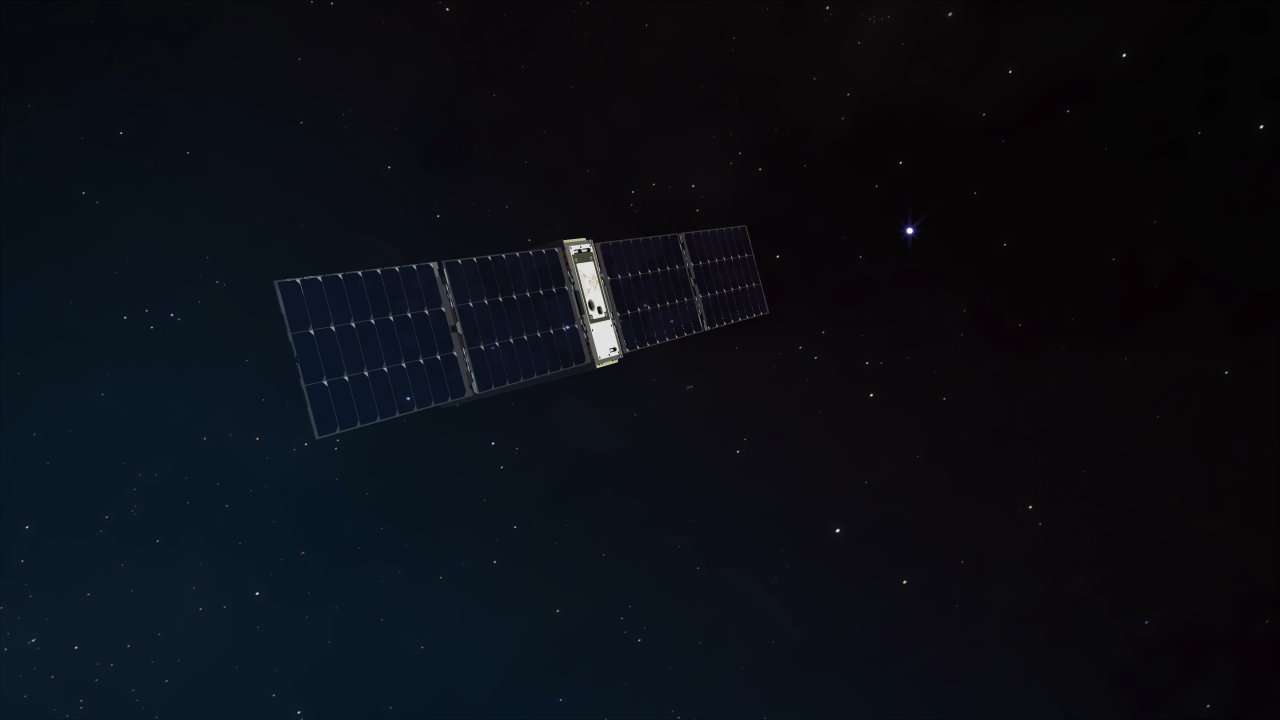NASA launches shoebox-sized satellite to study universe’s most powerful explosions

- Country:
- United States
BurstCube, a shoebox-sized satellite designed to detect and study some of the universe's most powerful explosions, is heading towards the International Space Station.
The satellite launched aboard SpaceX's 30th Commercial Resupply Services (CRS-30) mission on Thursday, March 21, from Launch Complex 40 at Cape Canaveral Space Force Station in Florida. Once it arrives at the station, the satellite will be unpacked and later released into orbit around Earth to begin its science operations.
BurstCube will hunt for short gamma-ray bursts that most commonly occur following the collisions of neutron stars - the superdense remnants of massive stars that exploded in supernovae - and typically last less than two seconds. These phenomena are particularly interesting because they also produce gravitational waves or ripples in the fabric of space-time. By studying both light and gravitational waves, astronomers can learn more about different aspects of the event.
Notably, the cosmic collisions that produce short gamma-ray bursts also produce heavy elements like gold and iodine - an essential ingredient for life as we know it.
"Our current gamma-ray missions can only see about 70% of the sky at any moment because Earth blocks their view. Increasing our coverage with satellites like BurstCube improves the odds we'll catch more bursts coincident with gravitational wave detections," said Israel Martinez, research scientist and BurstCube team member at the University of Maryland, College Park and Goddard.
🌟BurstCube by @NASAGoddard will detect gamma ray bursts, the results of stellar explosions and collisions. For a few moments, they are the brightest objects in the sky and highest form of energy from light. BurstCube’s team can alert scientists of the bursts for study. 🔭 pic.twitter.com/ZHKozXZMc6
— NASA's Launch Services Program (@NASA_LSP) March 21, 2024
- READ MORE ON:
- NASA BurstCube
- short gamma-ray bursts
- CRS-30
- BurstCube









